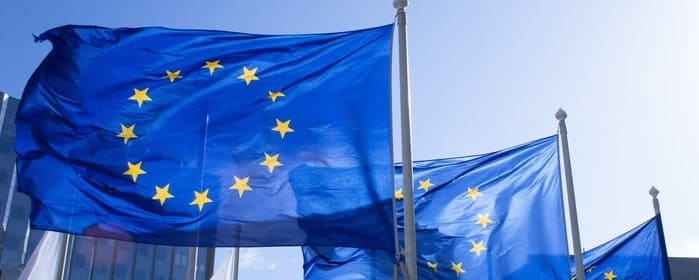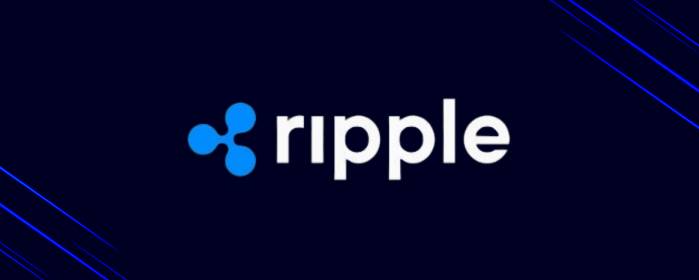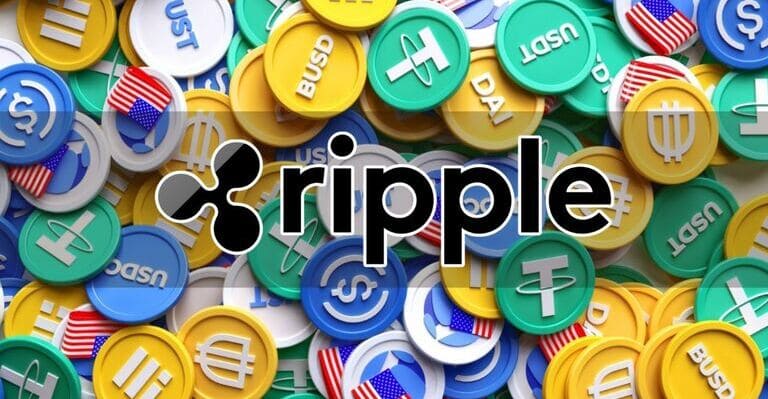TL;DR
- EURØP and USDB join XRPL as regulated stablecoins for institutional payments, DeFi, and asset tokenization in Europe and Brazil.
- Braza Group expects USDB to capture up to 30% of Brazil’s dollar-backed stablecoin market by 2026.
- Ripple continues expanding its global network with new stablecoins and a newly launched blockchain payment system in the UAE.
The XRP Ledger and Ripple ecosystem added two new stablecoins this week, aiming to strengthen their digital asset offering while complying with regulations in Europe and Latin America.
The New Stablecoins Coming to XRP Ledger
The new additions are EURØP, backed by euros and authorized under MiCA regulations, and USDB, a dollar-linked stablecoin issued in Brazil. Both have been directly integrated into the network, which already processes over 3.3 billion transactions and maintains an active community of validators and institutional users.

EURØP is a project by Schuman Financial, a company regulated by France’s financial authority ACPR. The currency is fully backed by euros held in banks like Societe Generale and undergoes regular audits by KPMG. The company aims to support decentralized finance, real-world asset tokenization, and institutional euro-denominated payments. Its launch comes at a pivotal moment, as the MiCA framework begins to define the legal boundaries for cryptocurrency use across the European Union.
In Brazil, Braza Group developed USDB, backed by sovereign bonds from Brazil and the United States. The company already operated BBRL, a stablecoin pegged to the Brazilian real, and is now consolidating its infrastructure on XRPL. USDB is designed to offer a reliable digital option for everyday transactions and business operations. Braza currently processes over $1 billion in daily interbank operations. They expeect its new digital currency to claim up to 30% of Brazil’s dollar stablecoin market by 2026.

Ripple Couldn’t Buy Circle
Ripple supports these new integrations as part of its plan to expand in markets with established government regulations. Although it failed to acquire Circle, after a rejected offer estimated between $4 billion and $5 billion, the company continues to grow its global presence. This month, Ripple launched a blockchain payment system in the United Arab Emirates in partnership with Zand Bank and Mamo, after securing a license from local financial authorities.
The addition of regulated stablecoins to XRPL signals a shift in the crypto market. Both Europe and Brazil are moving toward clearer legal frameworks. The supply of institution-backed, regulation-compliant digital currencies is beginning to take shape.

